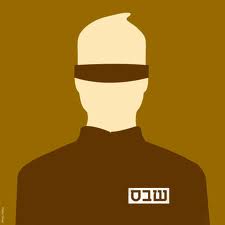Category: Reports
-
Israel shifts Oslo accord borders to continue to prevent Palestinians from using their land and building homes
10th August 2013 | International Solidarity Movement, Nablus Team | Huwwara, Occupied Palestine Maher from the village of Huwwara close to Nablus, is one of many Palestinians who has been tricked into thinking that Palestinians have the power to issue building permits in areas labelled as ‘B’ under the Oslo accords. Maher owns land designated…
-
Ongoing resistance in Bil’in
9th August 2013 | Friends of Freedom and Justice | Bil’in, Occupied Palestine Resistance in Bil’in continued on the second day of the Eid Al Ftir holiday, in solidarity with Palestinian prisoners in their hunger strike. One female activist was arrested and there were dozens of cases of teargas suffocation in the Bil’in weekly march. This…
-
Anxious Eid for family of prisoner in Hebron
8th August 2013 | International Solidarity Movement, Khalil Team | Hebron, Occupied Palestine For one Hebron family, this year’s Eid is more worrisome than festive. They will have to spend it wondering about their father and husband, whom they have not been able to talk to since the 4th of August. Last Sunday at around…

